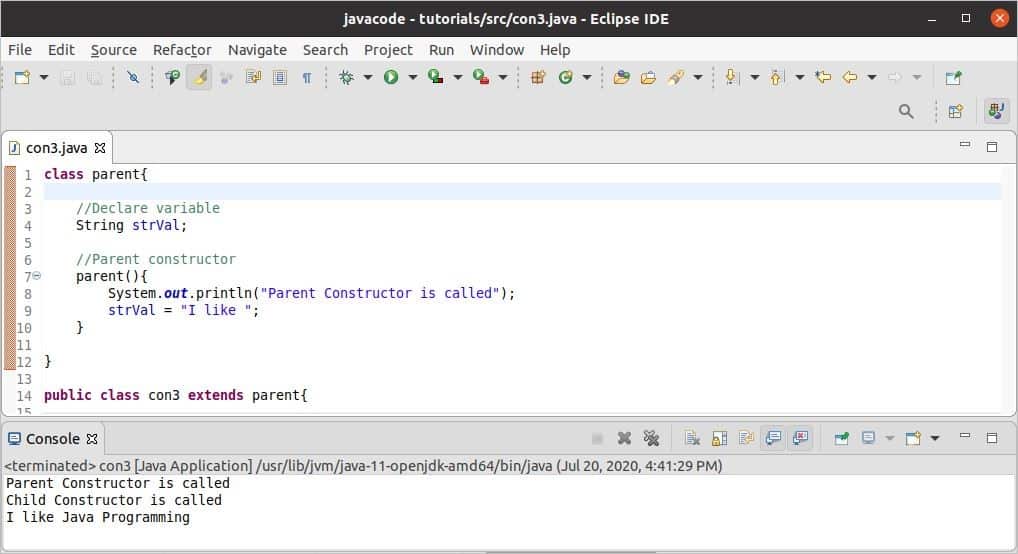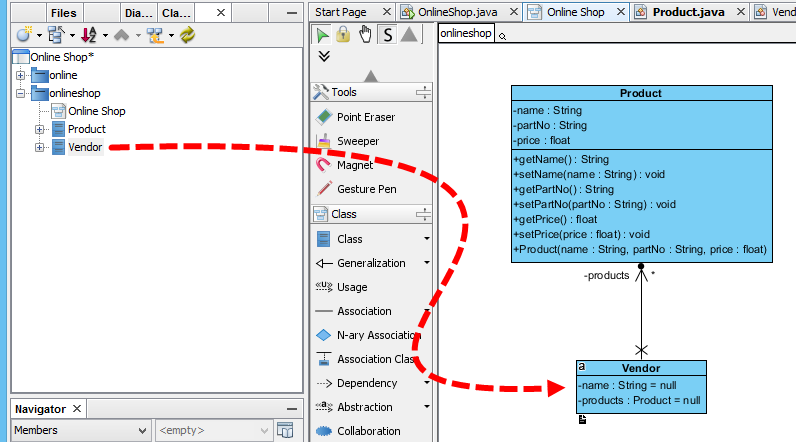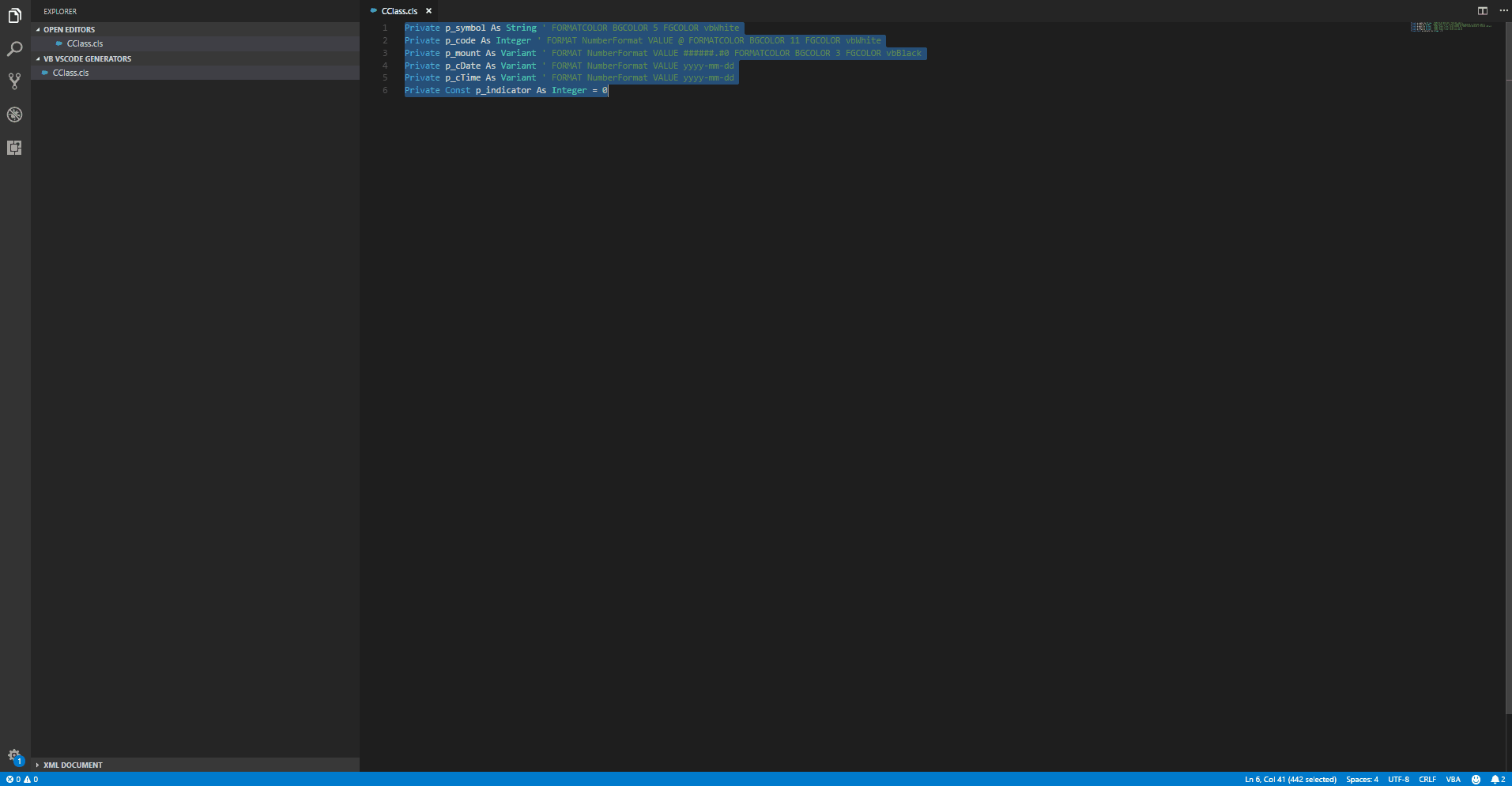


- VISUAL STUDIO CODE JAVA GENERATE CONSTRUCTOR INSTALL
- VISUAL STUDIO CODE JAVA GENERATE CONSTRUCTOR GENERATOR
- VISUAL STUDIO CODE JAVA GENERATE CONSTRUCTOR DRIVER
VISUAL STUDIO CODE JAVA GENERATE CONSTRUCTOR INSTALL
npm install -g vsce // package locally, run from extension project root vsce package You can package the extension by install the vsce package from NPM. If you want to test the extension locally, just select the, “Extension Debug,” launch settings and press debug (play button) or F5. That is it, the extension is ready to be tested, packaged and published to the Visual Studio Code Extension Gallery.
VISUAL STUDIO CODE JAVA GENERATE CONSTRUCTOR DRIVER
Its main purpose is to act as a driver of sorts for the code we have written and tested, along with code that has been provided by the vscode sdk, to make the extension work. We did not add any functionality to the entry point file. For simplicity, let’s make them all public functions. Start by creating a file called duck-generator.ts in the src directory. We’re going to create a class that will contain the logic for creating ducks. This package will provide IntelliSense when writing jest tests in TypeScript. - The TypeScript definitions for the jest testing framework.ts-jest - A preprocessor that will allow running jest tests written in TypeScript.Install the tools to work with Jest in TypeScript via NPM: npm install -save-dev jest ts-jest jest - The unit testing framework. Instead of using Mocha or Jasmine, I am going to be using Jest since I am most familiar with it. For unit testing, you can use any popular testing framework, like Mocha or Jasmine. …This documentation focuses on VS Code integration tests. The default template includes the Mocha test framework, which is set up to behave more like integration tests than unit tests, per the documentation: We will delete and make changes to files in this directory. src/** - Stubbed code for the extension.This will show in the ‘Details’ section in the extension gallery. README.MD - The description of your extension.This will show in the ‘Changelog’ section in the extension gallery. CHANGELOG.MD - The change logs for the extension.tslint.json - The TypeScript linting rules.tsconfig.json - The config file for the TypeScript compiler.package.json - Describes the extension and where to find its entry point and activation trigger.These are the key files in the project template:
VISUAL STUDIO CODE JAVA GENERATE CONSTRUCTOR GENERATOR
The Yeoman generator will produce a ‘duck-generator’ project with the following structure: /duck-generator /src /test - index.ts - extension.ts - package.json - tsconfig.json - tslint.json - CHANGELOG.MD - README.MD - vsc-extension-quickstart.md Select the, “New Extension (TypeScript),” option. Open a terminal at your project folder and run yo code to start the generator for the extension. We will use Yeoman to create a project template for developing the extension using Microsoft’s preferred structure and settings.

* A typical duck structure from re-ducks */ /state /ducks /quack - actions.js - index.js - operations.js - reducers.js - selectors.js // Optional, still generated - test.js - types.js - utils.js // Not generated Setup The term ‘ducks’ refers to the folder and files that you have to create for managing redux state using the re-ducks pattern.Įvery duck needs to have six to eight files in it, and in Visual Studio Code (VS Code), it’s painful to manually create them every single time you add a new duck to your project.


 0 kommentar(er)
0 kommentar(er)
